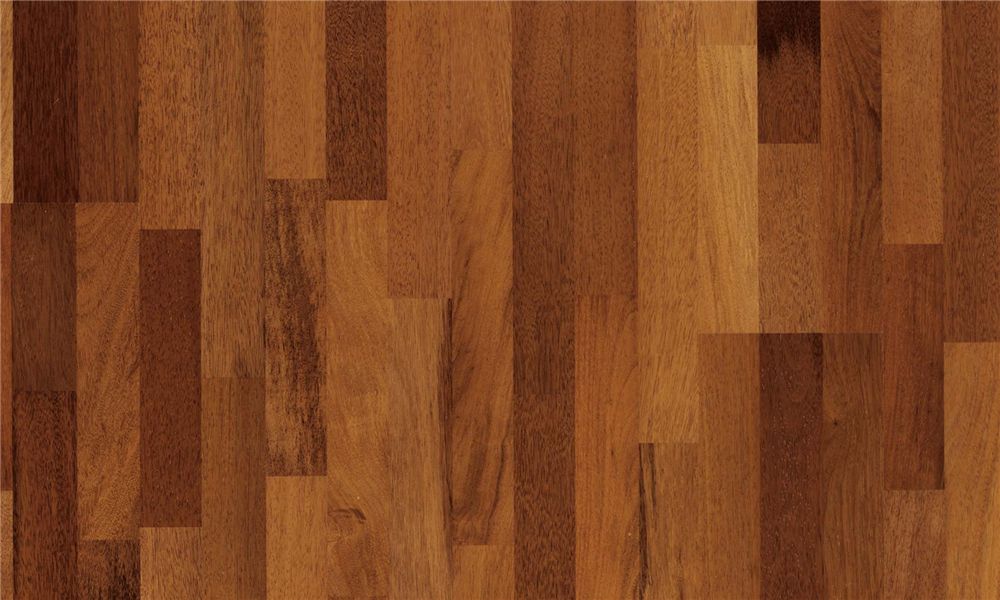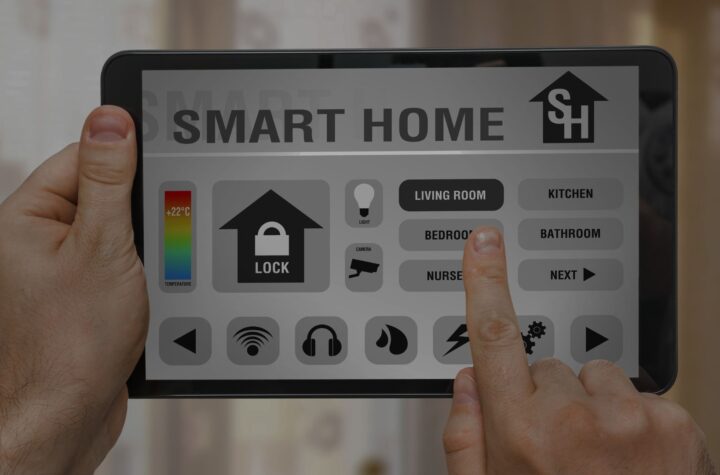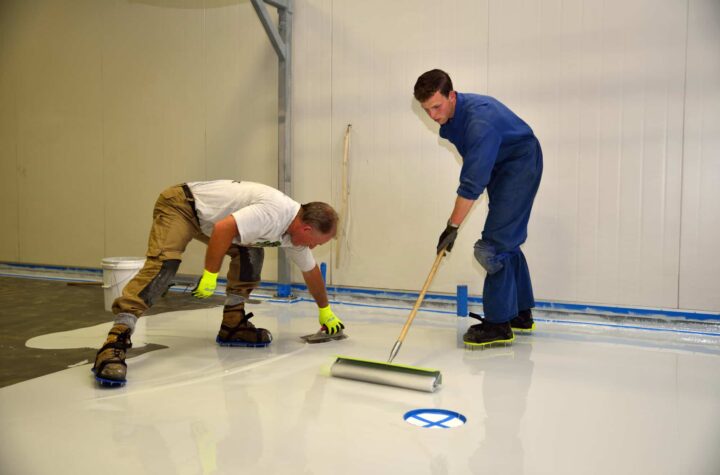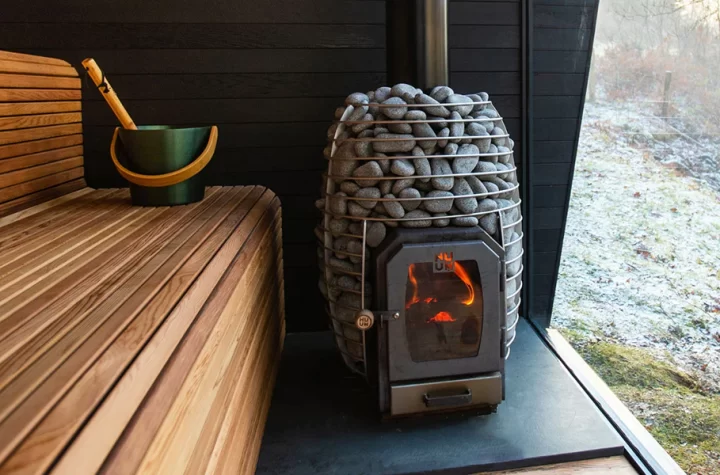
Vinyl flooring has been around for decades and is one of the most popular parquet options today. But do you know the real story behind vinyl terrazzo? From its history to its production process and sustainability, there’s a lot to learn about this tough yet elegant material. This blog post will reveal the real story behind vinyl parquet. We’ll explore where it came from, how it’s made, what makes it so popular, and why sustainability matters when it comes to this type of parquet. Read on to find out how this useful material can fit into your home.
The History of Vinyl Flooring
Vinyl parquet has a long and diverse history, dating back to the early 1900s. The material was first used in sheet form to cover floors and walls in hospitals and other institutional settings. It wasn’t until the 1950s that vinyl parquet began to be mass-produced for use in homes.
The first vinyl floor tiles were made by cutting parts of vinyl into small squares or rectangles. These tiles were then glued or heat welded together to create a seamless level covering. In the 1960s, more realistic-looking vinyl tiles were introduced. These tiles contained printed designs that mimicked the look of stone, wood, or ceramic tile floors.
By the 1970s, developments in manufacturing techniques had led to the development of vinyl sheet parquet. This type of parquet is made by extruding molten vinyl onto a backing paper. The result is a continuous sheet of vinyl that can be cut to size and installed like any other type of sheet parquet.
Today, vinyl parquet is available in a wide variety of colors, patterns, and textures. It is one of the most durable types of parquet on the market, making it good for high-traffic areas like kitchens and bathrooms.
How to Install Vinyl Flooring
Installing a vinyl parquet is a simple process that anyone can do with the right tools and instructions. Here are the stages for installing vinyl flooring :
- Prepare the surface. Vinyl parquet can be installed over most clean, dry, and level surfaces. If you’re installing vinyl over an existing floor, make sure it’s in a good state and free of any clatters or irregularities.
- Measure and cut the vinyl. Once you have your surface complete, measure the area where you’ll be installing the vinyl. Cut the vinyl to size, making sure to allow for a further inch or two of material around the perimeter.
- Apply adhesive and lay down the vinyl. Spread a thin layer of adhesive onto your surface using a notched trowel. Lay down the vinyl, starting at one corner and working your way out. Use a roller to smooth out any froths or wrinkles as you go.
- Trim off extra substantial and seal the ends. Once the vinyl is in place, use a sharp knife to trim off any added substantial around the perimeter. Then, use sealant tape or strips to cover any seams or ends where two pieces of the vinyl meet.
- Install baseboards or moldings (optional). If desired, add baseboards or moldings around the perimeter of the room to give it a complete look






More Stories
You’re Go-To Source for Memphis Safety Equipment
A Correct Application of Flooring with Epoxy
Time to Delve into the Oval Charm of Barrel Saunas